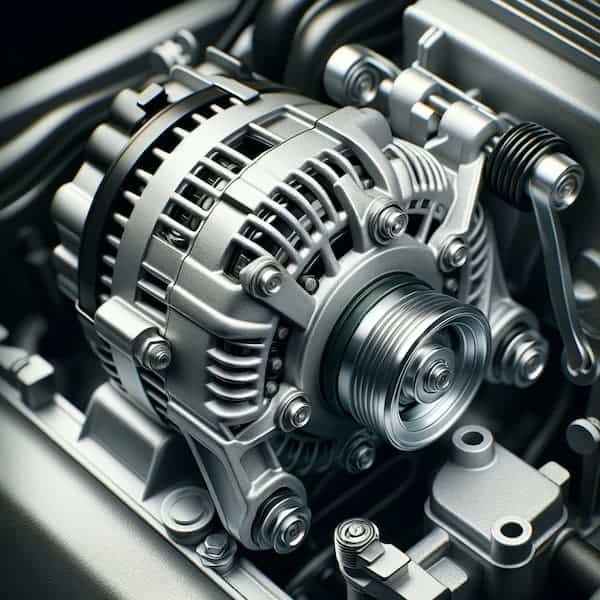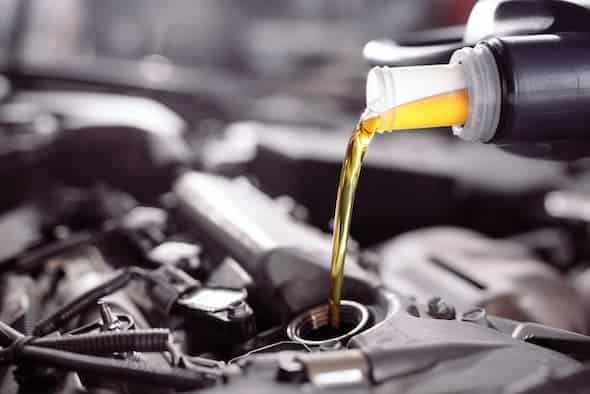An alternator is a pivotal component in a vehicle’s engine, playing a crucial role in powering the electrical system while the engine is running. Understanding its function, potential issues, and maintenance can save you from unexpected breakdowns and costly repairs.
Table of Contents
ToggleWhat is the Purpose of an Alternator
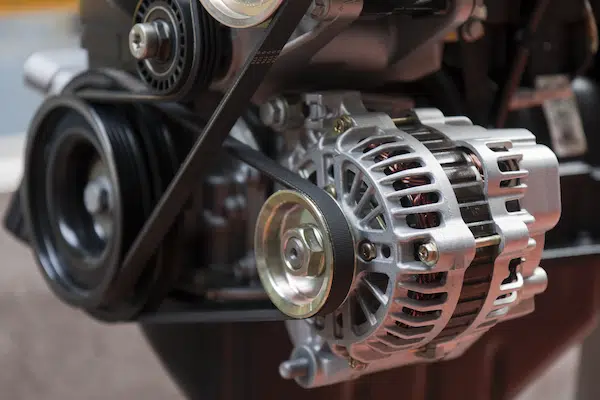
The primary purpose of an alternator is to generate electrical power for your car’s electrical components and to recharge the battery. It converts mechanical energy from the engine’s rotating belt into electrical energy. This process is essential for powering your vehicle’s lights, radio, air conditioning, and more. Interestingly, this component is not found in electric vehicles, which raises the question: why don’t electric cars have alternators?
What Does an Alternator Look Like
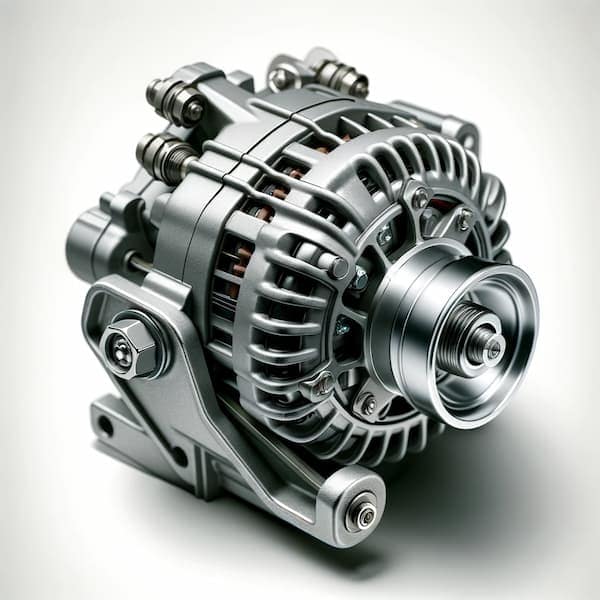
Typically, an alternator is a small, metallic component located near the front of the engine. It’s connected to the engine’s crankshaft via a belt. Recognizing what an alternator looks like helps in identifying issues and performing basic car maintenance.
Alternator Voltage
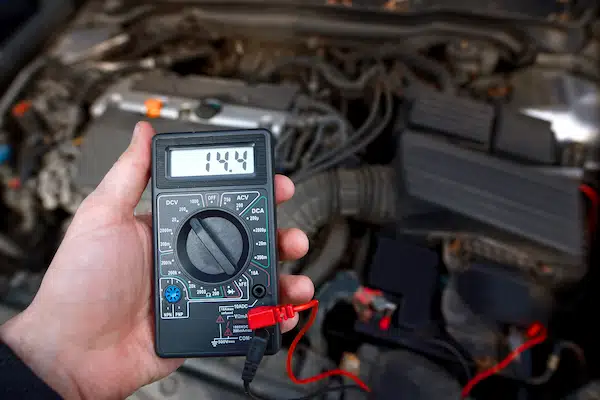
The ideal voltage output from an alternator should be between 13.5 and 14.5 volts. Maintaining this range is crucial for the health of your car’s battery and electrical systems. Regularly checking car fluids can also help in maintaining optimal alternator function.
Bad Alternator
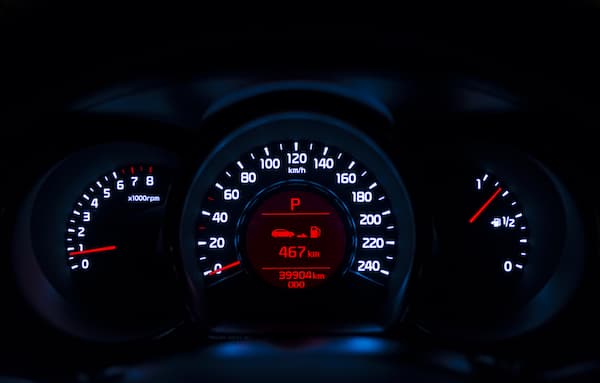
When an alternator begins to fail, several signs can alert you. Dimming headlights or dashboard lights are common indicators. Additionally, if your car struggles when the AC is on, it could point towards an alternator issue. Other signs include electrical malfunctions and a dead battery. Read more about bad alternator symptoms.
What Causes the Alternator to Fail
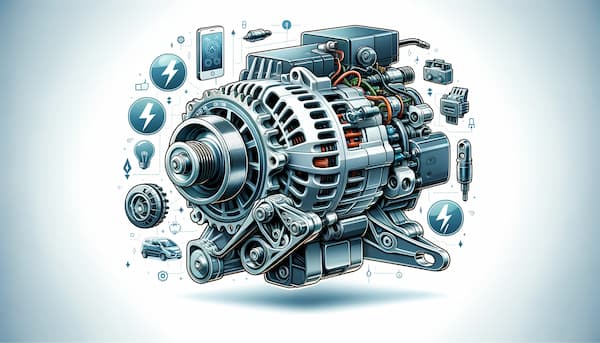
Alternators can fail due to various reasons, including wear and tear, overuse, and exposure to extreme temperatures. Sometimes, a malfunctioning component like a tensioner or a worn belt can lead to alternator failure. Regular inspections and understanding how long it takes a car engine to cool down can prevent such issues.
Preventing Alternator Damage
To prevent alternator damage, regular maintenance is key. This includes checking the timing belt or serpentine belt, Depends on what drives the alternator, ensuring the battery is in good condition, and keeping an eye on the electrical performance of your car. Regularly cleaning your car’s air filter can also indirectly contribute to the alternator’s longevity.
Conclusion
understanding what an alternator is and its crucial role in your vehicle’s functionality is key for any car owner. An alternator, essentially the powerhouse of your car, is responsible for converting mechanical energy into electrical energy, which is vital for powering various car components. The function of a car alternator goes beyond just providing power; it’s integral in maintaining the battery’s charge and ensuring all electrical systems run smoothly. The purpose of an alternator is multifaceted, contributing to the overall health and efficiency of your vehicle. It’s important to remember that the alternator voltage should ideally be between 13.5 and 14.5 volts to ensure optimal performance. By keeping these aspects in check, you can ensure your vehicle runs efficiently and avoid potential issues related to alternator failure.

